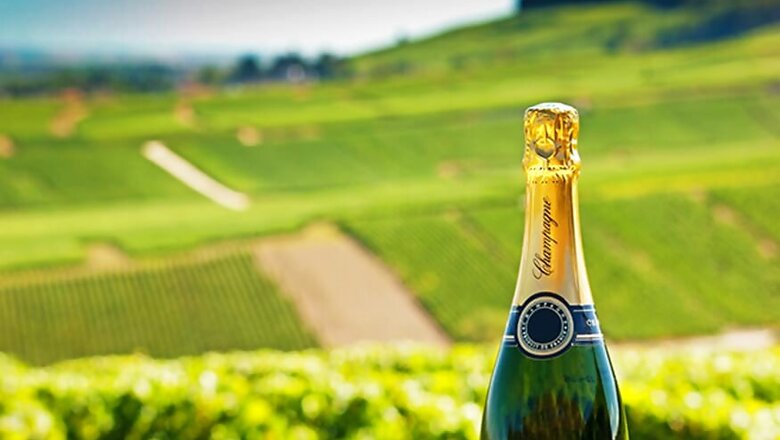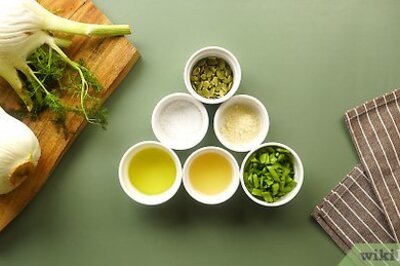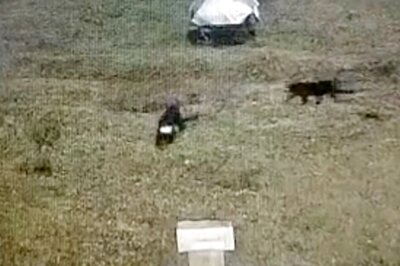
views

The battle was almost over. For the soldiers of the Allied forces, the very idea of treasures that the Nazis could have stashed away in remote corners was so irresistible that they didn't want to leave any stone unturned during their raids.
Finders keepers, that was the one policy that reigned those days of pandemonium.
So, on May 17, 1945, as they were scaling the Kehlstein mountain in the Bavarian Alps near Berchtesgaden, their hearts were thumping with anticipation and joy. Atop the mountain sat the Eagle's Nest, a chalet, which belonged to none other than Adolf Hitler (He got it as a birthday gift).
The soldiers knew that many Nazi strategies were drafted, chiselled and fine-tuned from this chalet at the top where they were heading to. Negotiating through tunnels, a few of the soldiers finally crested the mountain and broke into the Eagle's Nest from where they could survey the vast expanse of the country.
One of the few men who first got to the Eagle's Nest was Bernard de Nonancourt, a sergeant with the French army. Curious, standing before a steel door, Nonancourt blew it open with a round of shots. What did he see inside? Hundreds of precious bottles of Champagne which the Nazi soldiers had looted from the distilleries of France.
He took a vintage bottle and read the name - Salon. Nonancourt uncorked the bottle, took a sip, sloshing it for a while in his mouth, savouring its heavenly taste. He sighed. This is it. Someday, if this wine comes up for sale, he looked once again at the bottle while solemnly taking the vow, I will buy it.
It was no mere pipe dream of an ordinary sergeant who got a high, drinking champagne. But before we get back to Nonancourt again, let us dig deep to know why the Nazis went after Salon in the first place.
Eugène-Aimé Salon, a fur coat dealer at the beginning of the 20th century, had nothing to do with Champagne other than as a connoisseur until he decided one morning to create what he liked to drink. The genesis of a legend was that simple. He liked the taste of Chardonnay grapes at a time when the premium Champagnes went for the Pinot Noir.
Friends warned him that Chardonnay alone won't make the body of the drink and he, as was the usual practice, had to build it up with other grape varieties. An obstinate Salon said no, he would march to the music only he could hear. What Salon banked on blindly were his taste buds, intuition and imagination. He reasoned that the world would go after what he liked.
After testing the waters in 1905, he floated the Salon Champagne full scale in the year 1911. Soon with ingenious marketing techniques, the new drink scripted a fairy tale story out of itself.
So when the Germans looted the conquered country decades later, what they went after most eagerly was France's biggest treasure - Champagnes. They stole thousands of bottles, especially the most precious Salon, and stashed them away in hideaways like the Eagle's Nest (Hitler was but a teetotaller).
Now you must know that our Bernard de Nonancourt, whom we have seen breaking his way into the Fuehrer's secret cellar in the Eagle's nest was no ordinary soldier. When he took the vow that he would buy the Champagne he tasted if it ever came for sale, he meant it, he meant real business.
It was for avenging the death of his brother who got killed in a concentration camp that Nonencourt, who was already in the Champagne business, joined the Resistance movement. Once he saw his enemy perish and France freed from the shackles of German occupation, Nonancourt went back to his family business of Champagne.
In 1988, the Laurent-Perrier group (today the largest independent Champagne group), which Nonancourt led purchased the House of Champagne Delamotte and integrated it to the family.
In the same year, he took attention to Delamotte's neighbour with an interesting name - Salon.
It was put up for sale.
(Manu Remakant is a freelance writer who also runs a video blog - A Cup of Kavitha - introducing world poetry to Malayalees. Views expressed here are personal)



















Comments
0 comment